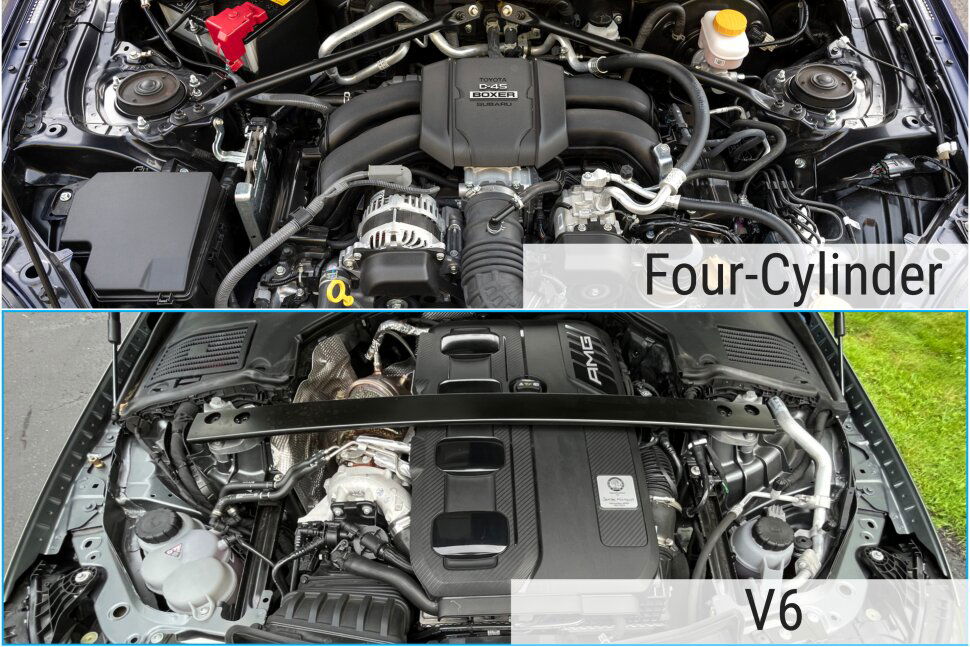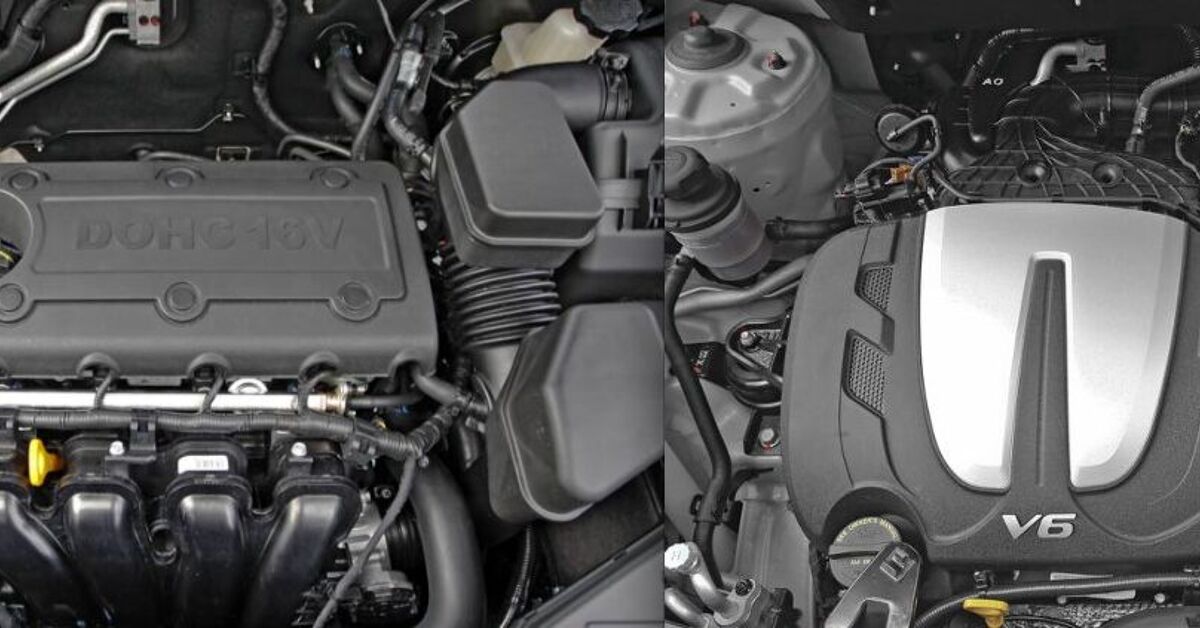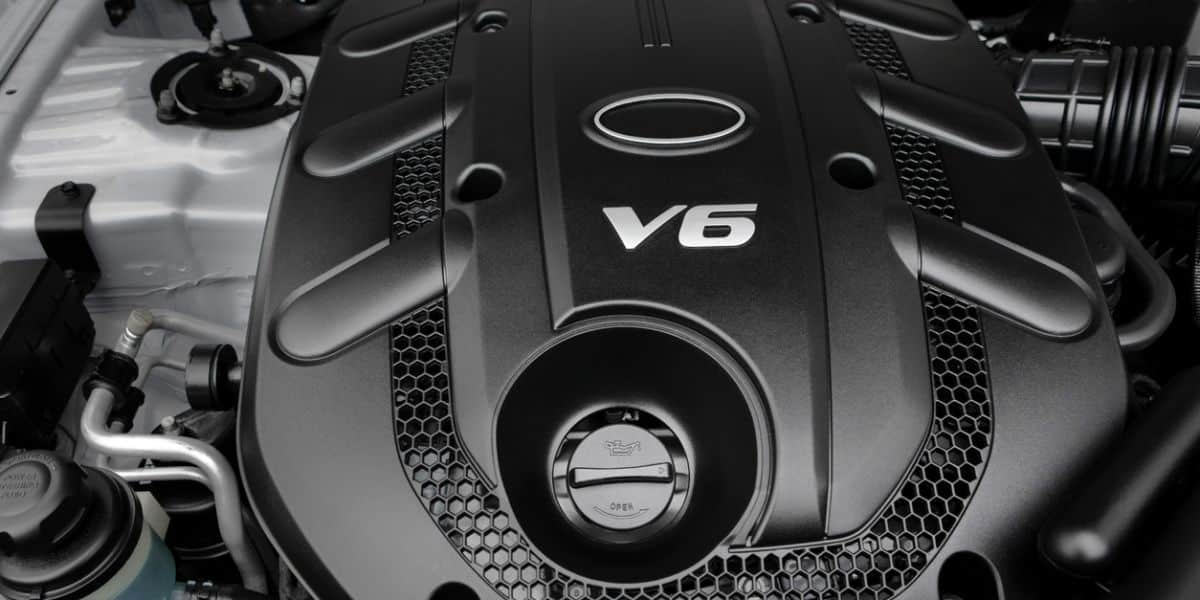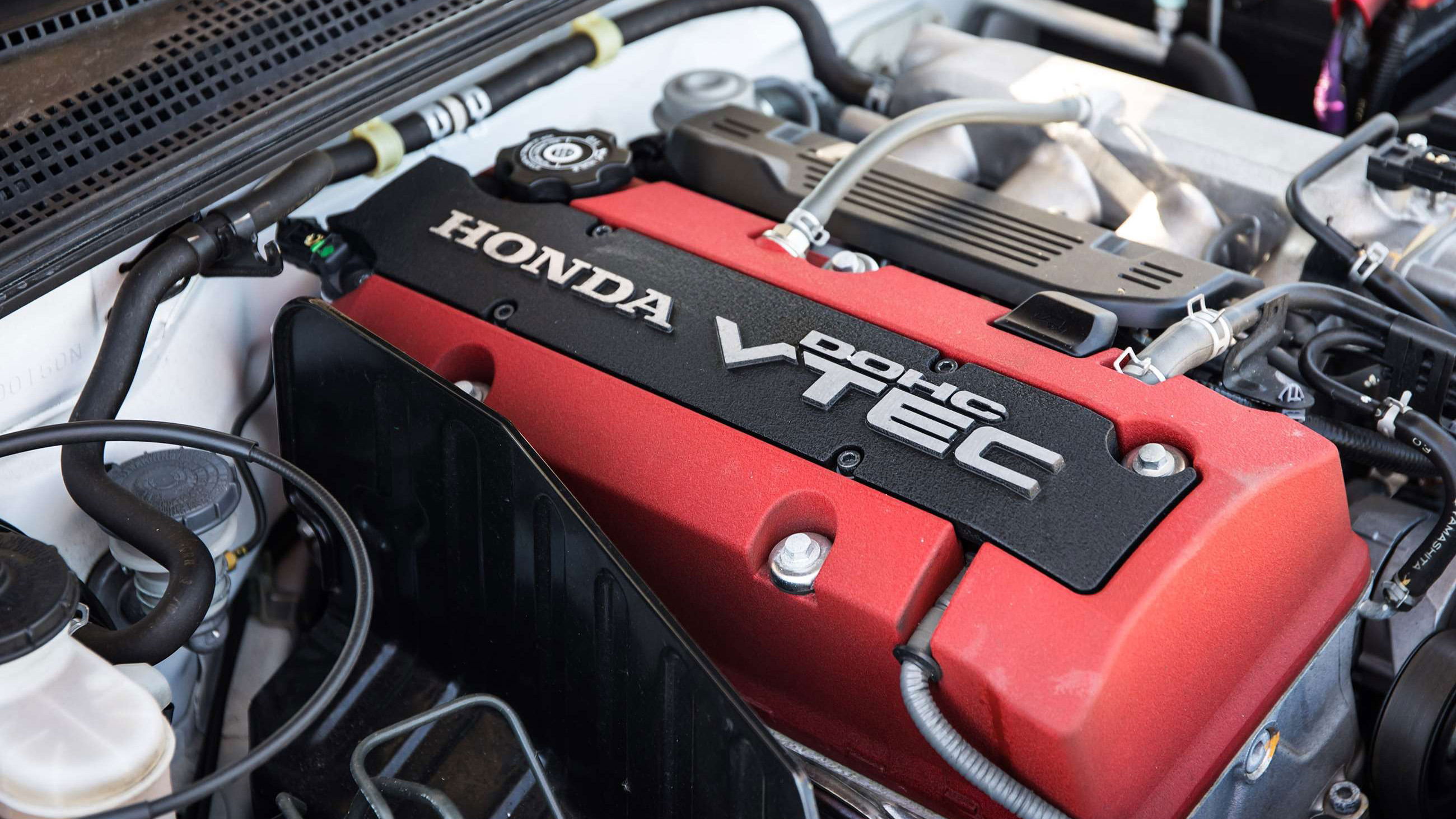The automotive world is defined by choices, and one of the most fundamental decisions a buyer or engineer faces is the selection between a 4-cylinder and a 6-cylinder engine. The difference between 4 cylinder and V6 configurations extends beyond mere cylinder count. It encompasses power delivery, efficiency, mechanical complexity, and even driving experience.
To understand which configuration suits specific needs, one must delve into the technical nuances that define these powerplants. At the most basic level, the distinction between a 4-cylinder and a 6-cylinder engine lies in their architecture.
A four-cylinder engine, often arranged in an inline configuration (I4), consists of four combustion chambers working in tandem to convert fuel into motion. Meanwhile, a 6-cylinder motor typically comes in either an inline-six (I6) or a V6 layout, where six cylinders are arranged in two banks at an angle.
The V6 engine vs 4 cylinder debate often centers on power output and smoothness, as the additional cylinders in a V6 allow for more frequent combustion pulses, reducing vibration and delivering stronger acceleration.
See also:
4 Cylinder vs 6 Cylinder Engine Comparison

When examining the 4 cylinder vs 6 cylinder engine comparison, one must consider the inherent trade-offs.
A four-cylinder engine, due to its smaller displacement and fewer moving parts, generally offers superior fuel efficiency and lower emissions. This makes it a preferred choice for economy-focused vehicles and compact cars.
However, the 6-cylinder motor compensates with superior torque and horsepower, making it ideal for performance sedans, SUVs, and trucks that demand greater towing capacity or spirited driving dynamics.
The difference between 4 cylinder and 6 cylinder engine performance becomes especially apparent under heavy load, where a V6 maintains composure while a turbocharged 4 cylinder may strain to deliver equivalent power. The V6 vs inline 4 discussion also introduces considerations of engine balance and refinement.
An inline-four, while mechanically simpler, suffers from inherent secondary vibrations due to its firing order. Engineers mitigate this with balance shafts, but a V6 engine, with its symmetrical firing intervals, operates more smoothly without requiring additional components.
This refinement is why luxury automakers often favor six-cylinder configurations, even as they downsize to turbocharged 4-cylinder units in pursuit of efficiency.
Turbocharging has blurred the lines in the 4 cylinder vs V6 debate. A turbocharged 4 cylinder vs V6 comparison reveals that forced induction can allow a smaller engine to match the output of a naturally aspirated V6, albeit with potential trade-offs in throttle response and long-term reliability.
The I4 vs V6 engine discussion thus evolves into a question of whether peak power or linear delivery matters more to the driver. Turbocharged four-cylinders excel in fuel economy when driven moderately, but under sustained hard acceleration, a V6’s larger displacement and additional cylinders provide a more effortless power reserve.
4-Cylinder And 6-Cylinder Weight Distribution

Another critical factor in the four cylinder vs six cylinder debate is weight distribution. A V6 engine, particularly in front-wheel-drive applications, can introduce more front-end weight, affecting handling dynamics.
Conversely, an inline-four’s compact dimensions allow for better weight distribution, enhancing agility. This is why sports cars like the Mazda MX-5 prioritize lightweight four-cylinder engines, while muscle cars and grand tourers opt for the robust torque of a V6 or larger.
The 4 cylinder versus 6 cylinder cost analysis further complicates the decision. Four-cylinder engines are cheaper to manufacture, require less space under the hood, and incur lower maintenance costs due to their simplicity.
See also:
On the other hand, a V6 engine vs 4 cylinder setup demands more intricate engineering, additional components like extra camshafts and valves, and often a reinforced transmission to handle the increased power. For budget-conscious buyers, the 4 cyl vs 6 cyl price difference can be a deciding factor.
Durability is another aspect where the four cylinder vs V6 comparison yields interesting insights. While a well-built six-cylinder engine can last hundreds of thousands of miles with proper care, the reduced stress on individual components in a V6 (thanks to more cylinders sharing the workload) can contribute to longevity.
Meanwhile, high-strung turbocharged four-cylinders may experience greater wear over time, particularly if maintenance is neglected. So, what does 6 cylinder mean for everyday driving? It translates to effortless highway merging, confident towing, and a smoother idle.
Conversely, what does 4 cylinder mean? It signifies efficiency, lighter weight, and often a more affordable ownership experience. The 4 cylinder vs 6 cylinder pros and cons ultimately depend on the driver’s priorities—whether they value fuel savings or power, simplicity or refinement.
High-Performance 4-Cylinder vs. 6-Cylinder Engines

The line between 4-cylinder and 6-cylinder engines continues to blur as forced induction and advanced engineering push smaller engines to unprecedented power levels.
The most potent 4-cylinder engines, such as Mercedes-AMG’s M139 (416 hp in the A45 S) and the 2.0L turbocharged unit in the Honda Civic Type R (315 hp), demonstrate that displacement no longer dictates performance. These engines leverage high-pressure turbocharging, precision cooling, and lightweight materials to rival larger powerplants.
However, their high-strung nature can lead to increased thermal stress, potentially affecting long-term reliability compared to naturally aspirated or larger-displacement alternatives.
Meanwhile, modern 6-cylinder engines, like BMW’s S58 (503 hp in the M3 CS) and Porsche’s 3.0L twin-turbo flat-six (473 hp in the 911 Carrera GTS), deliver effortless power with broader torque curves and smoother power delivery.
Their additional cylinders reduce strain per combustion cycle, enhancing durability under sustained load. While turbocharged 4-cylinders excel in efficiency during light driving, a V6 or inline-six often maintains better real-world fuel economy under hard acceleration due to reduced turbo lag and lower RPM stress.
The 4-cylinder vs. 6-cylinder debate ultimately hinges on application. High-performance 4-cylinders dominate in compact sports cars (e.g., GR Corolla, Civic Type R) where weight savings and agility are prioritized.
In contrast, 6-cylinder engines remain the choice for luxury sedans and performance SUVs (e.g., M3, Macan GTS) where refinement and power reserves matter most. While turbo-4s have closed the gap in potency, 6-cylinders still lead in balance, reliability, and high-speed endurance—proving that cylinder count still plays a defining role in performance engineering.
The Verdict

The V4 vs V6 engine discussion is somewhat misleading, as true V4 engines are rare in production cars (most four-cylinders are inline). However, the I4 vs V6 engine comparison remains relevant, particularly when discussing packaging.
A V6’s compact V-shaped design allows it to fit in tighter engine bays than an inline-six, while an inline-four’s straightforward layout simplifies maintenance. In the end, the 4 or 6 cylinder decision is not about declaring a universal winner but understanding which configuration aligns with specific needs.
The automotive industry continues to evolve, with electrification and hybridization reshaping traditional paradigms. Yet, for now, the 4 cylinder engine vs 6 cylinder engine debate remains a cornerstone of internal combustion engineering—a testament to the enduring complexity of balancing power, efficiency, and driving pleasure.